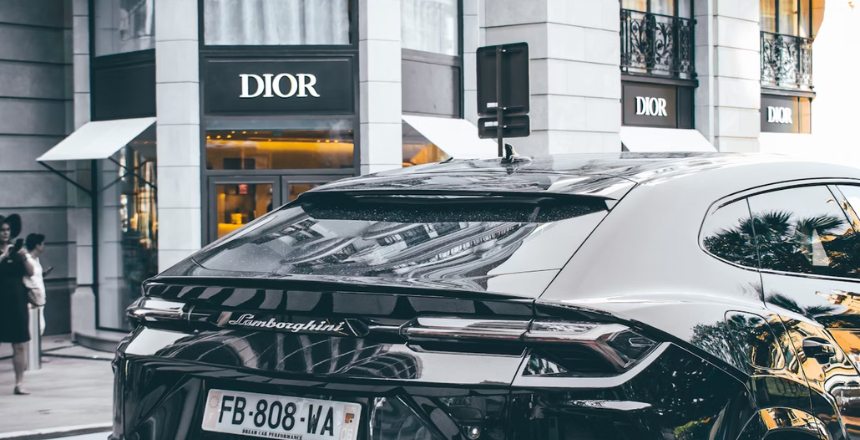A World Of Sophistication
The luxury retail sector is thriving, with iconic brands like Louis Vuitton and Bvlgari at the forefront. In Europe, luxury shopping revolves around heritage and tradition. Cities such as Paris and Milan host revered brands where timeless style and exclusivity take precedence. Meanwhile, in Asia, notably in China and Japan, luxury retail focuses on status and innovation, as affluent customers seek the latest cutting-edge designs.
Luxury Shopping Trends: Where East Meets West
In high-end shopping, trends clearly differ between East and West. Across Asia, younger, affluent consumers are propelling the luxury market forward, desiring personalised experiences and the latest fashions. Brands like Hermès have become increasingly popular among this demographic. Conversely, in the U.S., shoppers are drawn to luxury items that are both stylish and practical. The cultural influences in luxury shopping are evident as brands adapt to suit these regional preferences.
Cultural Influences In High-End Shopping
Luxury shopping goes beyond the products; it’s about the entire experience. In the Middle East, high-end shopping is a status symbol, with opulent malls showcasing brands like Rolls-Royce to cater to wealthy customers seeking exclusive, one-of-a-kind pieces. By contrast, Scandinavian luxury shoppers often take a more understated and ethical approach, choosing brands like Stella McCartney that emphasise sustainability. These cultural differences underscore how local values and traditions shape luxury shopping preferences worldwide.

Leading High-End Brands In Asia
Asia is swiftly becoming a powerhouse in the luxury retail sector. With affluent consumers in China driving demand, brands like Burberry are thriving in the region. High-end shopping malls in cities like Beijing and Shanghai present exclusive products and personalised services to attract elite clientele. Additionally, these brands are increasingly embracing digital innovations with virtual reality boutiques and AI-driven shopping experiences gaining traction.
Luxury Shopping Experiences Around The World
No matter where you are, luxury shopping offers something distinct. In Europe, it’s steeped in history and tradition. In the U.S., it combines elegance with functionality, with brands like Tiffany & Co representing both refinement and practicality. In Asia, luxury shopping emphasises status and innovation. Each region brings its own unique take on high-end retail, making the exploration of luxury brands worldwide an exciting journey. If you’d like to discover the top shopping destinations globally, don’t miss our article on the topic.
Global Luxury: A Mirror Of Culture And Style
Luxury retail reflects high-end consumer preferences, which vary across the globe. Whether it’s the rich heritage of European luxury or the rapid innovation seen in Asian brands, luxury shopping has become an international phenomenon shaped by local culture. So, as you explore luxury fashion from different cultures, remember that every region brings its own perspective on what it means to live stylishly.
This article, originally authored by Len van Uuden was first published in TrustDeals.co.uk on January 28, DOI: https://www.trustdeals.co.uk/articles/the-essence-of-luxury-shopping-across-the-globe. It is reprinted here with permission from the publisher and the author(s). Any modifications made to the article since its original publication are noted in the text.




